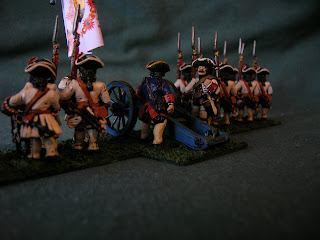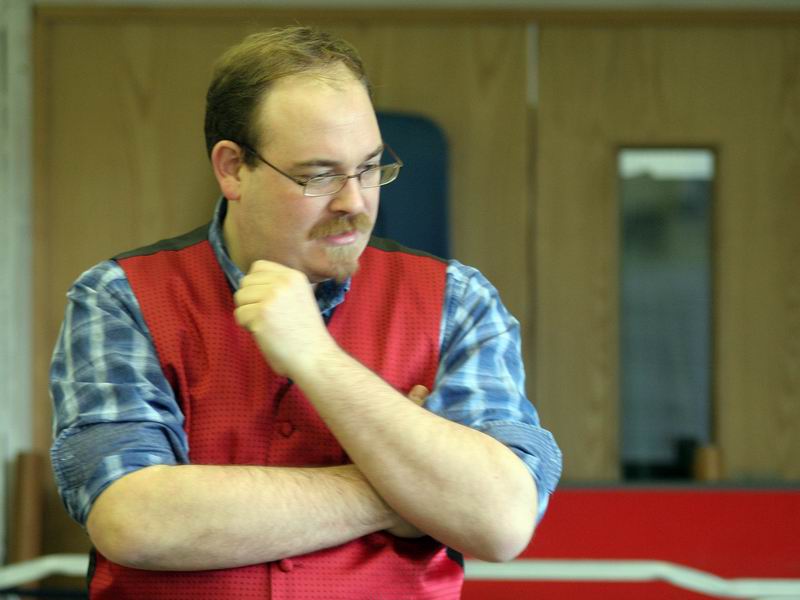
It’s honking…
Here are my first set of Wild Geese, in this case the first battalion of the Irish Regiment of Irlanda. I have not painted a 25mm unit in red before but I must say that I am very happy with the wat that these have turned out.

The unit was part of the first draft sent to
How many of the men were actually first generation Irish is hard to say. Certainly of the officers I would have anticipated a high number of Catholic Gentry, denied service in the British army due to their religion, looking to exercise their traditional employment elsewhere. You can find Irish officers serving in

But of the rank and file things are far muddier. Although there was no real bar to service placed by the Brits, there were lots of people fishing in the Irish labour pool. For a start there was British army recruitment, they were on the ground and closer. The French, too, had several Irish units on establishment so the Spanish did face considerable competition. I cannot imagine anything more than a small minority of Irish peasantry fired by anti-British feeling to serve with the Bourbons, so I suspect it came down to bounties.

Of course there were second-generation Irish in
So, what? A rag-bag of Germans, Swiss, French and whoever else could be swept up to join some second-generation Irish and whoever the recruiters managed to inveigle into the ranks from

In terms of painting, well, the red is actually Revell’s Karminrot, with the Blue coming from a navy blue provided by my local art shop, the gaiter colour being Revell Beige and the leatherwork being Revell Braun. It is actually a pleasure to paint something where white is a very small part of the whole, unlike Napoleonics where white breeches and crossbelting are very much the norm.
Next on the stocks are the second battalions of the Lombardia Regiment and the Sardinian Swiss Regiment Diesbach. Also up are some proper Spanish battalion pieces, so pics of them shortly. In the meantime I dedicate this unit to WildGeese on TMP.
K







